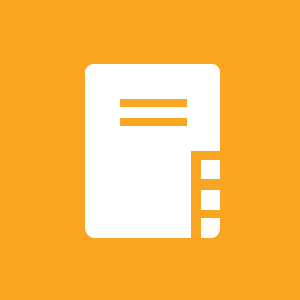A literary classic, Charlotte Brontë's Jane Eyre critiques Victorian-era class and gender dynamics. Providing an overview of the social hierarchy and treatment of women during the Victorian period will help students better understand the novel. Brontë incorporates elements from Romantic and Gothic literature, so students should learn about those literary movements and how they relate to the novel. Religion also serves an important role in this novel. Class discussion can examine how characters are depicted as religiously moral or hypocritical, how Christianity influences characters' actions, and how Brontë depicts the role of God.
Jane Eyre is sometimes regarded as a proto-feminist piece. Students can discuss how Brontë's portrayal of Jane relates to feminist ideas of gender equality. Students can also identify quotations or scenes from the novel that support or refute this feminist reading.
Jane Eyre contains advanced vocabulary that students may not know. While reading, students can highlight and define unfamiliar words. This activity will keep them more actively engaged with their reading and help them learn new words.
Jane Eyre
Our Literary Touchstone Classics are unabridged, complete texts, and come with unbelievable prices. Each book is a value-priced, high-quality trade paperback, which you will receive for at least 50% off retail.
Buy this book
Summary of Jane Eyre
Key Facts
- Publication Date: 1847
- Length: 480 pages
- Lexile Measure: 890
- Recommended Grade Band: 10-11
As a young orphan, Jane Eyre is raised by her cruel, wealthy aunt until she is sent away to Lowood School, where she endures further maltreatment. After staying at Lowood for eight years, Jane gets a position as a governess at Thornfield manor and falls in love with her brooding employer, Mr. Rochester. Eventually, Mr. Rochester proposes, but on the day of their wedding, someone objects on the grounds that Mr. Rochester is already married. Mr. Rochester states that his wife, Bertha, has gone mad, and Jane, realizing that she can never be with Rochester, flees.
Penniless, Jane befriends a clergyman, St. John, who helps her get a teaching job. St. John discovers Jane's true identity and reveals that her uncle, a mutual relative, has left her a large inheritance. St. John asks Jane to marry him and travel to India, but she refuses because she doesn't love him. Jane later imagines Mr. Rochester's voice and returns to Thornton to find him burned and maimed from a fire that killed Bertha. Jane cares for Mr. Rochester, and they soon marry.
Content Warning: Jane Eyre contains some violent imagery.
What Your Students Will Love About Jane Eyre
- Jane Eyre's intelligence and individualism
- Following Jane as she overcomes adversity
Potential Student Struggles With Jane Eyre
- The advanced or dated vocabulary
- The slow pacing and long, descriptive passages
Learning Objectives for Jane Eyre
- Point out and give examples of how descriptions of nature mirror the changes in Jane's life.
- Define Romanticism and explain how this novel contains elements of Romanticism.
- Comment on Jane's belief in premonitions, dreams, and intangible sympathetic connections between kin.
- Identify reasons some readers consider this an early feminist novel.
- List the qualities of an ideal Victorian woman.
- Discuss the role of religion within the novel.
Literary Elements in Jane Eyre
- Allusion
- Foil
- Foreshadowing
- Gothic
- Metaphor
- Personification
- Romanticism
- Simile
- Symbol
- And more!
Major Themes in Jane Eyre
Social Class — Brontë critiques Victorian social hierarchy by depicting Jane as a figure with ambiguous class standing who is well-educated but penniless.
Related Works:
Love vs. Autonomy — Jane wants to gain love, both romantic and platonic, without sacrificing her independence.
Related Works:
Gender Roles — The novel portrays the gendered expectations women face and uses marriage to illustrate the power dynamics between men and women.
Related Works:
Other Resources for Jane Eyre
Order Jane Eyre Resources from Prestwick House

Posters

Lesson Plans

Crossword Puzzles

eBooks

Posters

Lesson Plans

Crossword Puzzles

eBooks
This free guide was originally posted in August 2016. It has been updated as of September 2021.